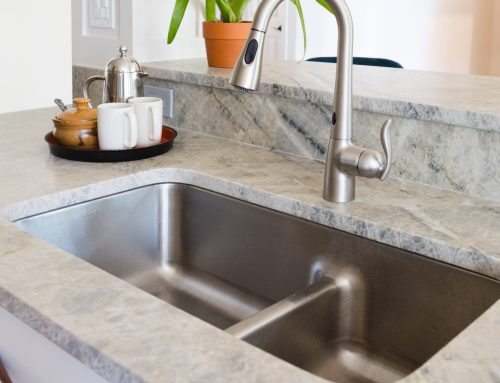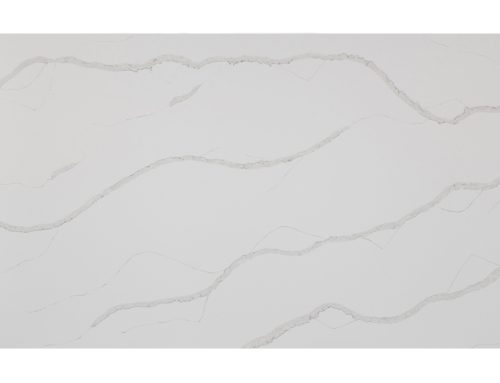What do you put behind a backsplash? When designing a kitchen or bathroom, the backsplash serves as both a functional and aesthetic element. It protects walls from moisture, stains, and heat while offering a chance to infuse personality into the space. However, an often-overlooked aspect of backsplash installation is what goes behind it. In this guide, we’ll explore the essential materials and considerations to ensure your backsplash is durable, safe, and long-lasting.
1. Backer Board: The Essential Foundation
One of the most common materials behind a backsplash is backer board, often made of cement or fiber-cement. Unlike drywall, which is susceptible to moisture damage, backer board is water-resistant, making it ideal for areas exposed to steam, water splashes, and heat.
Key Benefits:
- Moisture resistance prevents mold and mildew.
- Provides a stable surface for tile adhesion.
- Suitable for kitchens and bathrooms.
Tip: Opt for a cement-based backer board in showers or areas prone to heavy moisture to ensure longevity.
2. Drywall: A Practical Option
If your backsplash area isn’t exposed to significant moisture, standard drywall can be a practical and cost-effective choice. It is compatible with various adhesive types, making it suitable for tiles, peel-and-stick options, and other materials.
Key Benefits:
- Easy to install and cost-effective.
- Adequate for low-moisture areas like kitchen walls above countertops.
Tip: Use a primer on drywall before tiling to improve adhesion and prevent moisture penetration.
3. Moisture-Resistant Drywall (Green Board)
For areas with moderate moisture exposure, moisture-resistant drywall, commonly known as green board, is a viable option. It is treated with a water-repellent coating, making it more durable than standard drywall.
Key Benefits:
- Offers protection against moisture and mildew.
- Suitable for bathrooms and areas near sinks.
Tip: While green board is moisture-resistant, it’s not entirely waterproof. Avoid using it in shower areas.
4. Plywood: A Hidden Support
In some cases, especially with heavy or large-format tiles, plywood is used as a backing material. It offers strong support and is less prone to cracking compared to drywall.
Key Benefits:
- Provides a sturdy and stable surface.
- Ideal for heavy or thick tiles.
Tip: Ensure plywood is treated or coated to resist moisture, especially in kitchen settings.
5. Waterproof Membrane: An Extra Layer of Protection
For ultimate moisture protection, especially behind tiles in showers or around sinks, consider installing a waterproof membrane. These are thin sheets applied directly to backer boards to create an impermeable barrier.
Key Benefits:
- Prevents water infiltration into walls.
- Protects against mold and mildew growth.
Tip: Choose a membrane compatible with your adhesive and tile type for best results.
6. Insulation: Improving Energy Efficiency
In exterior walls, adding insulation behind a backsplash can help improve energy efficiency. Rigid foam insulation or spray foam options can prevent drafts and reduce energy costs.
Key Benefits:
- Enhances insulation and reduces heat loss.
- Minimizes the risk of moisture buildup behind walls.
Tip: Ensure a vapor barrier is included if you’re using insulation behind a backsplash.
7. Consider Electrical and Plumbing Factors
If electrical outlets, switches, or plumbing fixtures are present, ensure proper insulation and moisture protection around these areas. Use outlet extenders and waterproof covers if necessary.
Key Tips:
- Turn off power when working near outlets.
- Seal around pipes with silicone to prevent water seepage.
Conclusion: Choose Wisely for a Long-Lasting Backsplash
Choosing the right material behind your backsplash is as important as the backsplash itself. Factors like moisture exposure, tile weight, and location should guide your decision. By investing in suitable backing materials, you ensure that your backsplash remains secure, beautiful, and durable for years to come.
Whether you’re doing a DIY project or hiring professionals, understanding these essentials will help you make informed choices. Happy tiling!





